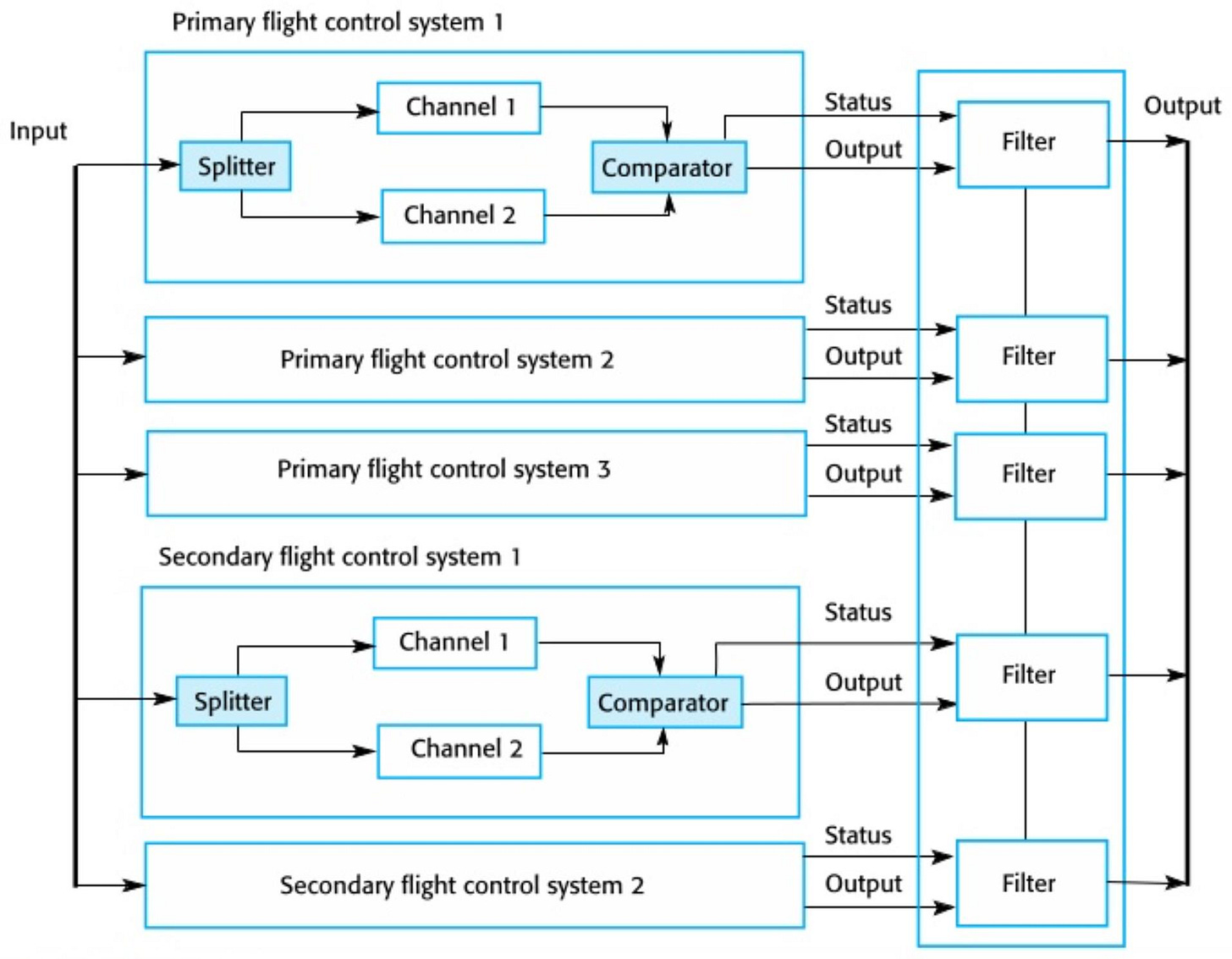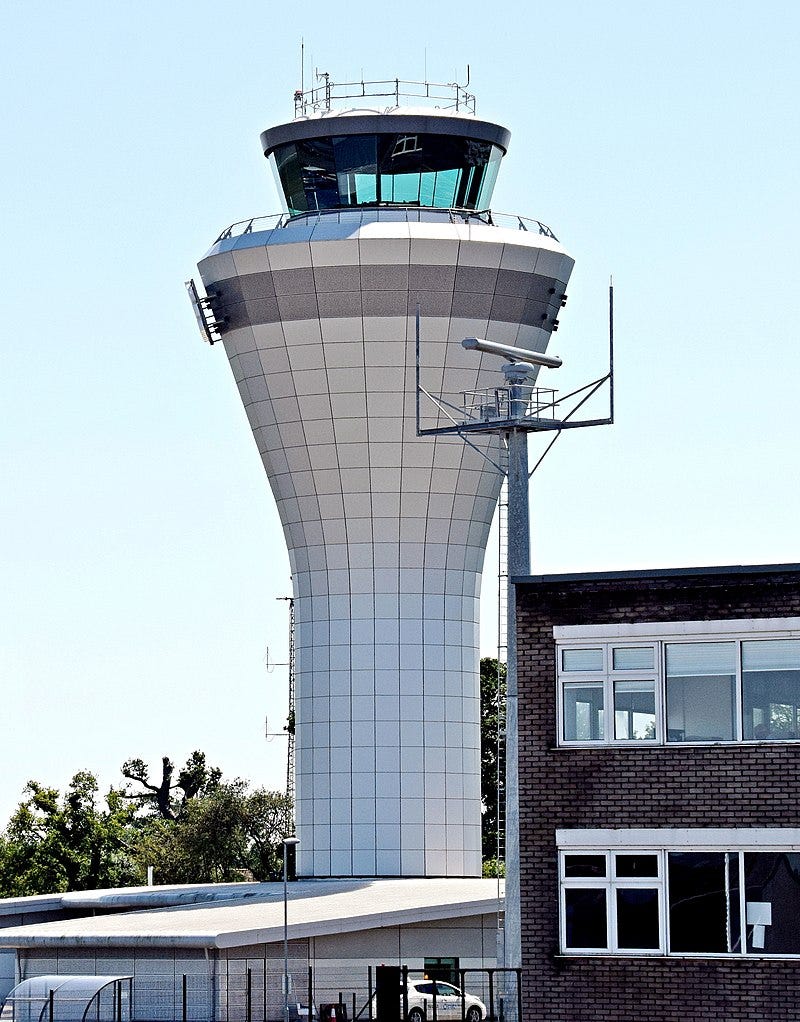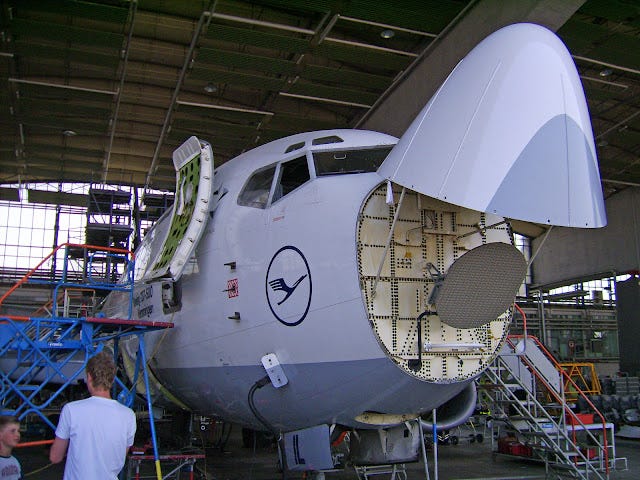In today’s globalized world, air travel has become an essential part of life, enabling people to cover vast distances quickly and efficiently. Despite common fears and misconceptions, air travel is among the safest modes of transportation available. The industry continues to innovate and refine safety mechanisms, setting a high standard for passenger security. This article provides an in-depth analysis of air travel safety statistics compared to other transportation modes, explains various aircraft safety mechanisms, and explores the way forward in improving aviation safety.
Comparative Safety Statistics
One of the most convincing ways to appreciate air travel's safety is through statistics. In terms of fatalities per passenger-kilometer, air travel consistently ranks as the safest mode of transportation. Here’s a comparative breakdown of the current safety data:
Air Travel: According to the International Air Transport Association (IATA), the aviation industry recorded an accident rate of approximately 0.13 per million flights in 2022, equating to about one accident per 7.7 million flights. This represents a fatality rate of about 0.06 per 100 million passenger-kilometers, significantly lower than most other transportation methods.
Road Travel: By comparison, road travel remains the most hazardous. The World Health Organization (WHO) estimates that approximately 1.3 million people die every year in road accidents, with the global fatality rate hovering around 18.2 per 100,000 people. This equates to roughly 7 fatalities per 100 million vehicle-kilometers, making road travel 100 times riskier than air travel per kilometer traveled.
Rail Travel: Railways are generally safer than road travel but remain riskier than flying. While accident rates vary by region and type of service, most rail systems experience a fatality rate between 0.2 to 0.4 per 100 million passenger-kilometers.
Safety Mechanisms in Air Travel: Engineering and Protocols Ensuring Passenger Protection
Air travel is built on layers of safety mechanisms designed to protect passengers. These range from redundant systems and advanced navigation technology to stringent pilot training and air traffic management. Below are some of the critical mechanisms in place.
1. Redundant Systems
Origins and Concept: The principle of redundancy in aviation ensures that no single system failure will endanger a flight. This philosophy originated from the military aviation sector, where mission-critical performance was necessary for safety in combat. Civil aviation adopted this approach to increase reliability.
Working Mechanism: Aircraft are designed with multiple systems that serve the same function (e.g., two or more engines, hydraulic systems, and power sources). In case one system fails, backup systems automatically or manually take over to maintain flight operations.
2. Air Traffic Control (ATC)
Origins and Development: Air traffic control (ATC) was established in the early 20th century to organize flight paths and reduce the risk of mid-air collisions. The first ATC tower opened in 1920 at London’s Croydon Airport, and it has since evolved into a complex network of monitored airspaces.
Working Mechanism: ATC operators use radar, radio communications, and digital tracking systems to guide aircraft, particularly during takeoff and landing when planes are in closer proximity. ATC constantly updates pilots on other aircraft in their vicinity and any potential hazards, ensuring a safe, controlled flight environment.
3. Enhanced Ground Proximity Warning System (EGPWS)
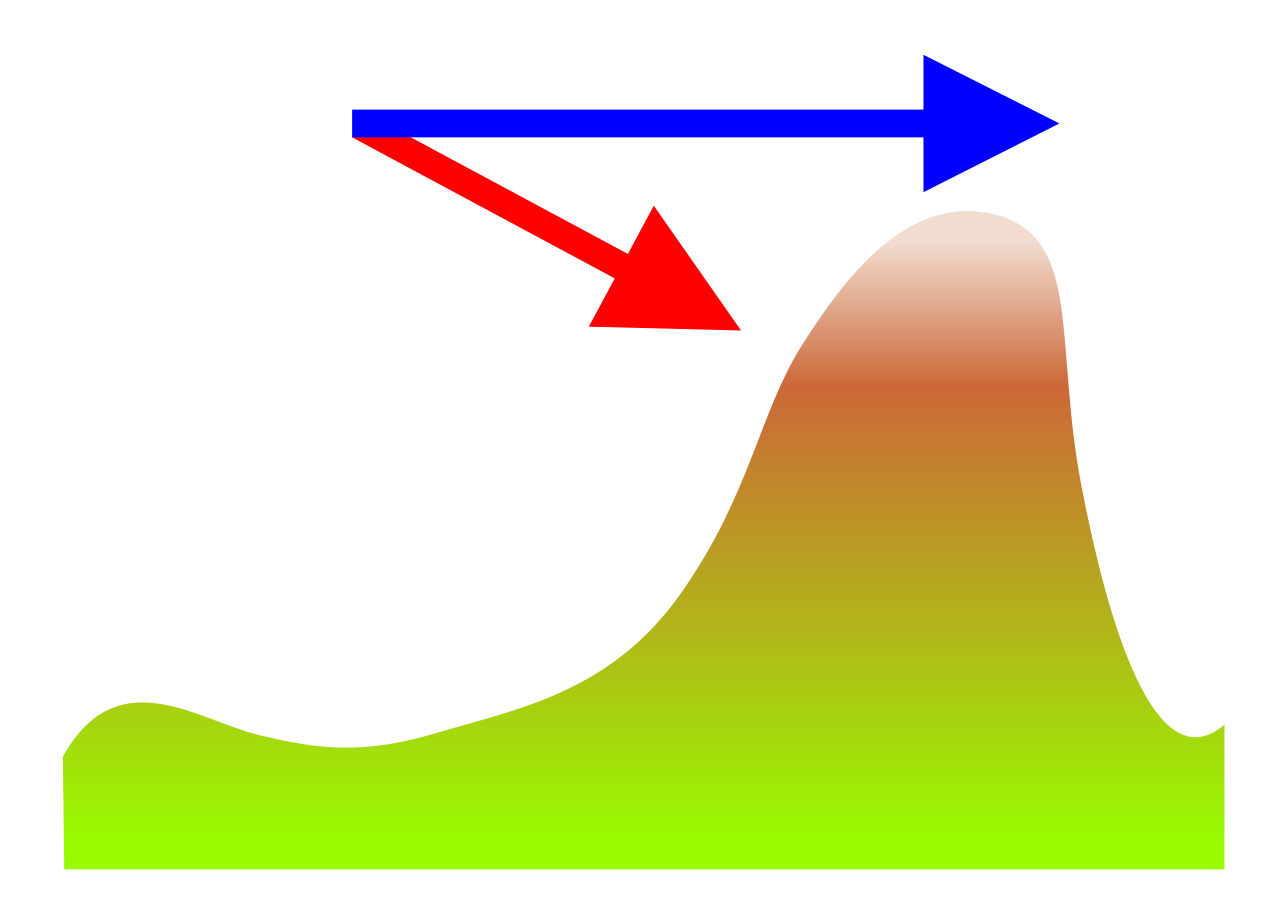
Origins and Concept: Developed in the 1970s following a series of Controlled Flight Into Terrain (CFIT) accidents, the Ground Proximity Warning System (GPWS) was later improved to create EGPWS.
Working Mechanism: EGPWS uses radar altimeters and GPS data to detect terrain proximity, providing pilots with audio and visual warnings if they approach the ground too closely. The system is particularly useful in low-visibility conditions or during nighttime flights in mountainous areas.
4. Traffic Collision Avoidance System (TCAS)
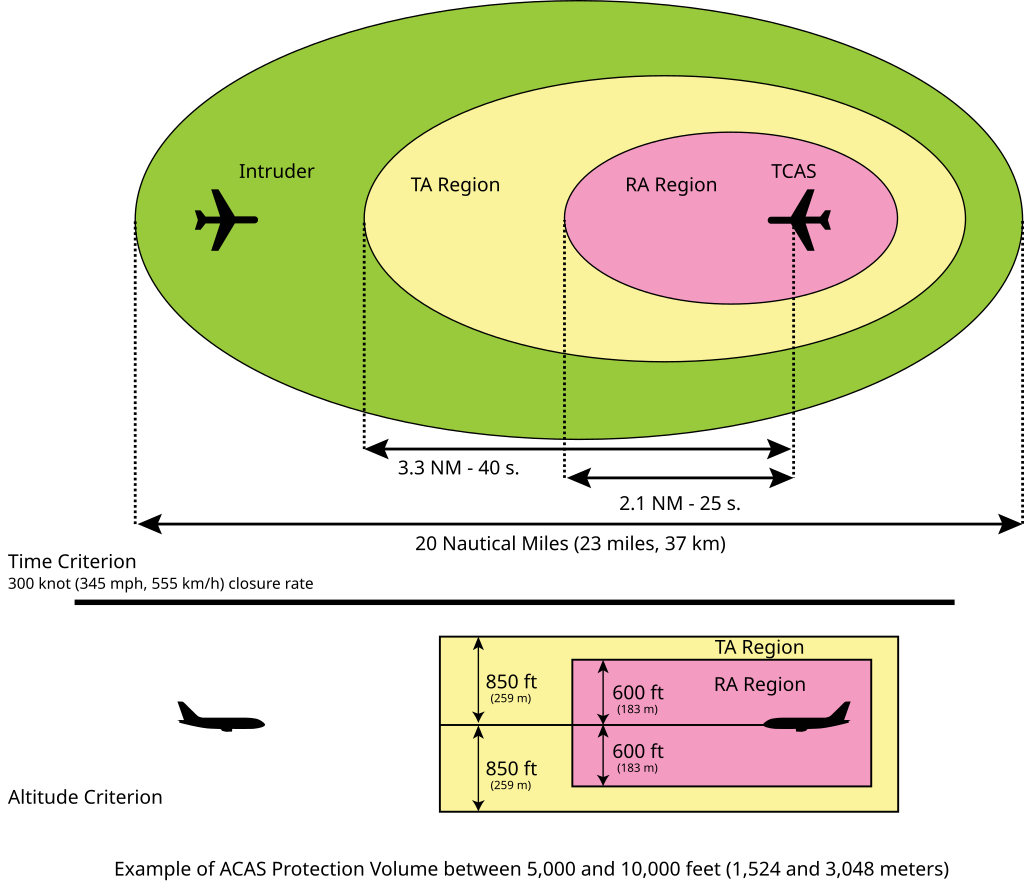
Origins and Evolution: TCAS was developed in response to a series of mid-air collisions in the 1950s and 1960s. It was widely implemented by the late 1980s to provide an additional layer of collision prevention.
Working Mechanism: TCAS operates by communicating with the transponders of nearby aircraft to detect potential collision threats. If another plane is in proximity, the system provides an audible warning, and in critical cases, it advises evasive maneuvers.
5. Engine Fire Detection and Suppression Systems
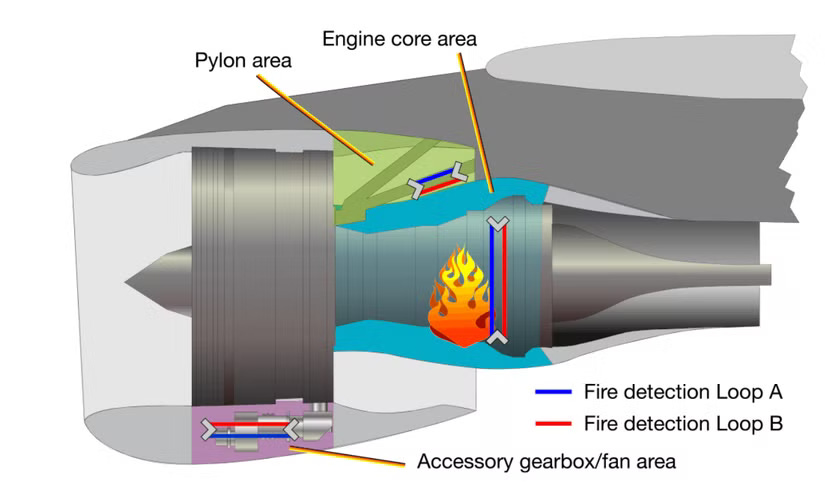
Origins and Need: Given the highly combustible nature of jet fuel, early aviation emphasized the importance of fire prevention and containment. Modern fire detection and suppression systems have evolved significantly, often originating from military-grade fire control systems.
Working Mechanism: Modern aircraft are equipped with sensors that detect heat, smoke, or other signs of fire. If a fire is detected, automated suppression systems deploy fire retardants or halon gas to contain or extinguish it. Pilots are also alerted and can initiate additional measures if needed.
6. Fly-by-Wire Control Systems
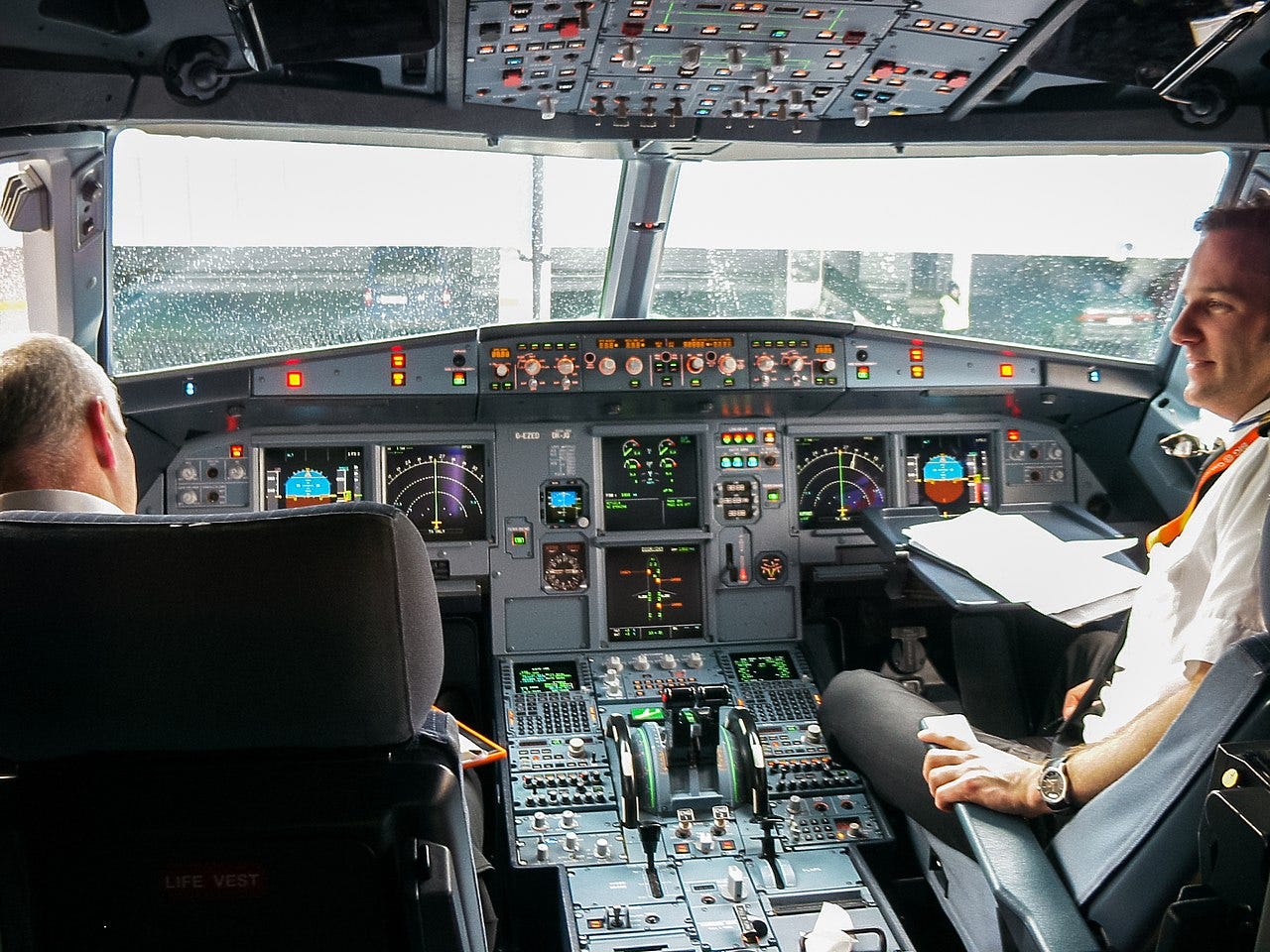
Origins and Development: Fly-by-wire systems were first used in military aircraft to reduce pilot workload and improve maneuverability. In the late 20th century, commercial aviation adopted this technology for enhanced safety and efficiency.
Working Mechanism: Fly-by-wire replaces traditional mechanical flight controls with electronic interfaces that send signals to the aircraft's control surfaces. The system integrates with other safety mechanisms to automatically correct deviations, stabilize the aircraft, and optimize flight paths.
7. Weather Radar Systems
Origins and Development: Weather radar technology has evolved from basic radio systems to highly sophisticated radar that can identify various weather patterns. The technology became integral in aviation post-World War II when pilots began flying more complex, long-distance routes.
Working Mechanism: Weather radar systems help detect storms, turbulence, and severe weather conditions along a flight path. Radar data is processed in real-time, giving pilots the ability to make necessary course adjustments to avoid dangerous weather.
Aviation is one of the most meticulously regulated and technologically advanced fields, with safety as a primary objective. Thanks to rigorous engineering, innovative technology, and detailed regulatory oversight, air travel has evolved into the safest mode of long-distance transportation. The redundancy of systems, real-time data monitoring, and advancements in aircraft design have created an environment where accidents are exceedingly rare.
In summary, air travel’s safety record exemplifies the success of rigorous engineering and regulatory practices. As technology advances, we can expect air travel to become even safer, reinforcing its status as the most secure mode of transportation.



